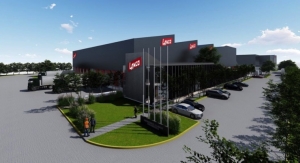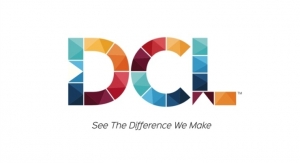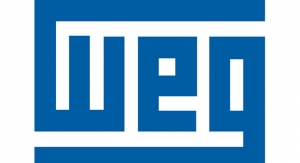Kerry Pianoforte, Editor05.25.18
This month’s feature article is focused on the industrial coatings market.
This a highly fragmented market comprised of sub-segments such as oil and gas, offshore, coil and extrusion.
According to Transparency Market Research, the market for industrial coatings was valued at $31.478 billion in 2017 and is expected to reach a value of $41.682 billion by the end of 2022.
The segmentation of the market based on resin type reveals that epoxy resins attracted the highest market demand in 2017. The segment is anticipated to reach a value of $14.641 billion by the end of 2022.
Experts from AkzoNobel, Axalta, Hempel, PPG and Sherwin-Williams offered their insight into this dynamic market. Generally speaking, industrial coatings manufacturers interviewed for this article reported growth in 2017 and said this trend is expected to continue for 2018.
Michael Cash, senior vice president, Industrial Coatings at Axalta noted that the industrial coatings market has seen solid growth driven by global GDP, industrial production, global infrastructure growth and strength in the building and construction markets.
PPG reported solid growth in its global industrial coatings business. “First-quarter sales for 2018 were up more than 10 percent compared to the same period in 2017.
There are a number of segments that offer growth opportunities for industrial coatings, these include onshore oil and gas maintenance; conventional power maintenance; offshore new construction; infrastructure new construction; offshore wind-power; and heavy duty equipment.
By region, China drives the market with more than 40 percent of global industrial coatings.
The global paints and coatings market is predicted to continue to grow in both advanced and emerging markets, noted Robert Wong, group director, head of Protective & Industrial, Hempel.
“Growth will be higher in the emerging countries in Asia, particularly China and India. Construction, transportation, automotive, decorative and industrial sectors will continue to drive growth. Growth in this market will be driven mainly by increasing demand for high-performance products in emerging and transitional economies, with an increasing emphasis on globalized processes.”
This a highly fragmented market comprised of sub-segments such as oil and gas, offshore, coil and extrusion.
According to Transparency Market Research, the market for industrial coatings was valued at $31.478 billion in 2017 and is expected to reach a value of $41.682 billion by the end of 2022.
The segmentation of the market based on resin type reveals that epoxy resins attracted the highest market demand in 2017. The segment is anticipated to reach a value of $14.641 billion by the end of 2022.
Experts from AkzoNobel, Axalta, Hempel, PPG and Sherwin-Williams offered their insight into this dynamic market. Generally speaking, industrial coatings manufacturers interviewed for this article reported growth in 2017 and said this trend is expected to continue for 2018.
Michael Cash, senior vice president, Industrial Coatings at Axalta noted that the industrial coatings market has seen solid growth driven by global GDP, industrial production, global infrastructure growth and strength in the building and construction markets.
PPG reported solid growth in its global industrial coatings business. “First-quarter sales for 2018 were up more than 10 percent compared to the same period in 2017.
There are a number of segments that offer growth opportunities for industrial coatings, these include onshore oil and gas maintenance; conventional power maintenance; offshore new construction; infrastructure new construction; offshore wind-power; and heavy duty equipment.
By region, China drives the market with more than 40 percent of global industrial coatings.
The global paints and coatings market is predicted to continue to grow in both advanced and emerging markets, noted Robert Wong, group director, head of Protective & Industrial, Hempel.
“Growth will be higher in the emerging countries in Asia, particularly China and India. Construction, transportation, automotive, decorative and industrial sectors will continue to drive growth. Growth in this market will be driven mainly by increasing demand for high-performance products in emerging and transitional economies, with an increasing emphasis on globalized processes.”
















